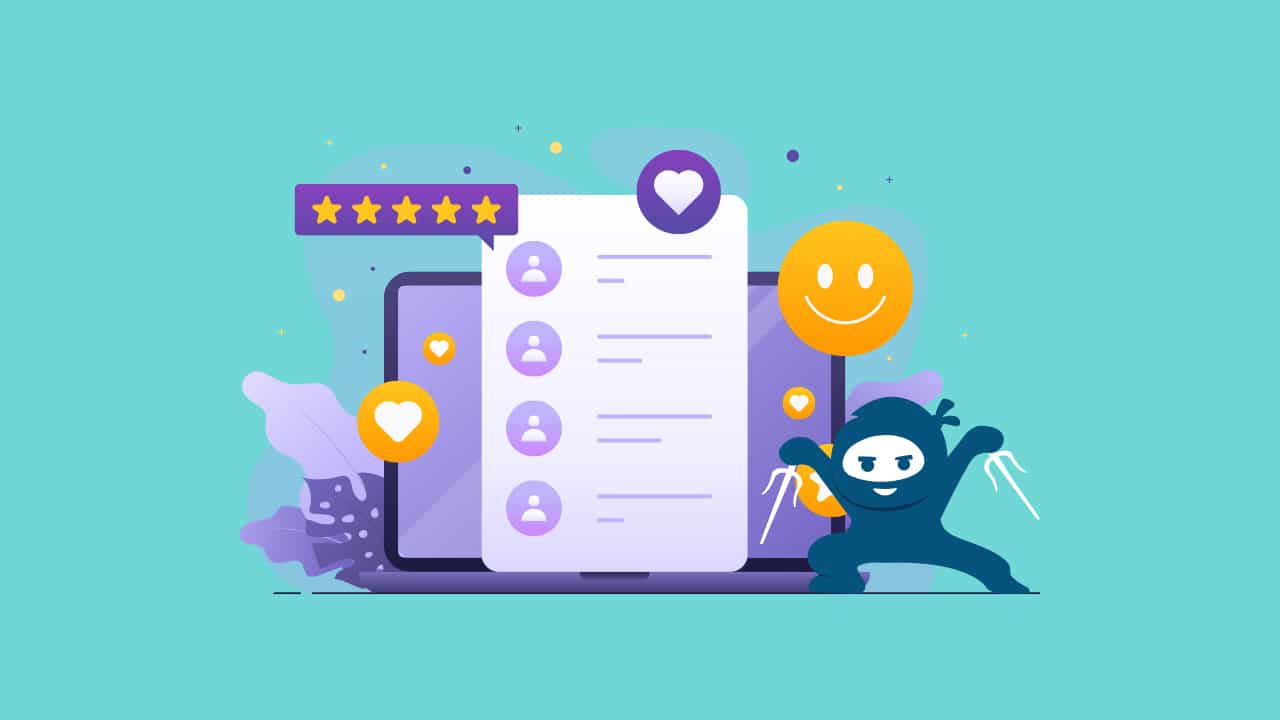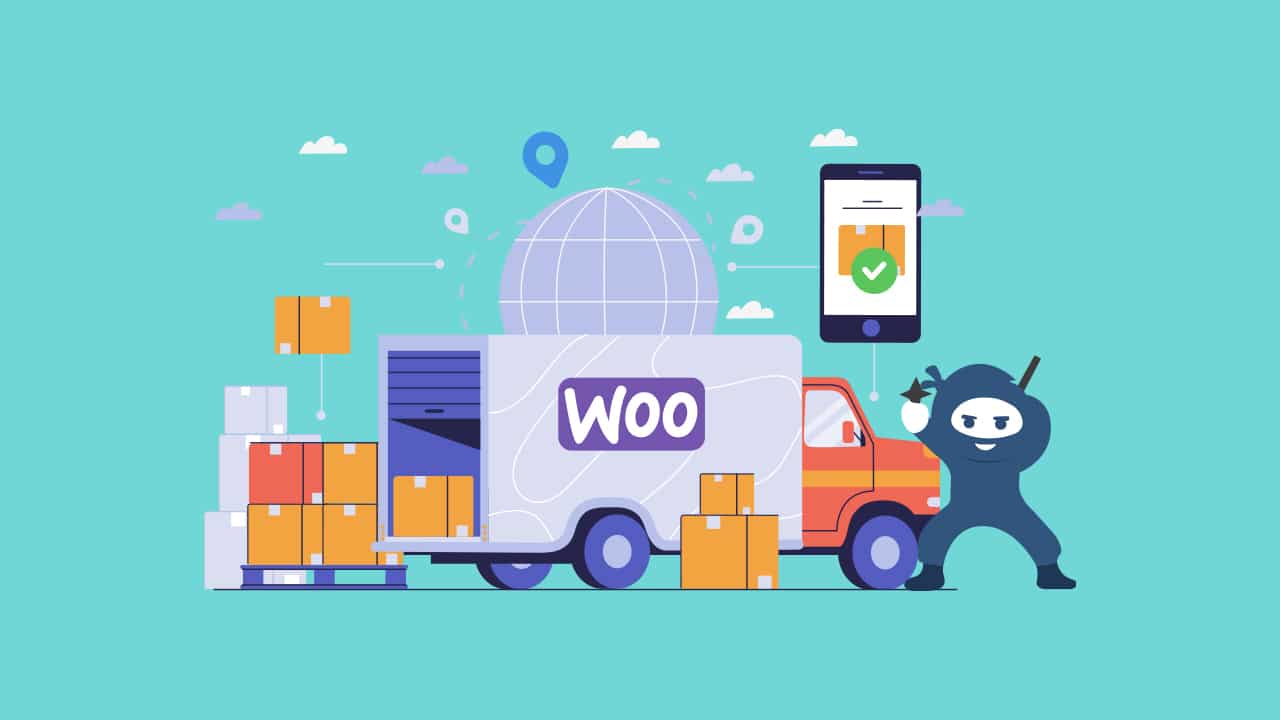Conversion rate optimization (CRO) aims to boost the percentage of visitors who complete an important action on your website, such as making a purchase, subscribing to your email, booking a service, and so on. Hence why CRO is essential for earning a profit with your WooCommerce store.
This article aims to help WooCommerce store owners with actionable conversion rate optimization ideas and tactics and increase the ROI on their online store. By following WooCommerce store redesign and optimization suggestions targeted for converting visitors, you can significantly boost the performance of your eCommerce store in terms of sales, subscribers, customer leads, and other vital metrics.
So if you have a WooCommerce store that is simply not resulting in the desired number of sales, this Conversion Rate Optimization guide will help you improve your business outcomes.
Assessing Current Store Performance
To start, it’s important to assess how your store is performing. It’s similar to monitoring the scoreboard in a game: you want to know what’s going well and where you can improve.
Begin by looking at your overall conversion rate, which is the percentage of total site visitors that perform a desired action (e.g., purchase, sign-up, etc.). If your current rate is less than 2-3%, there is substantial room for increase with the correct WooCommerce conversion rate optimization strategies.
Next, dig deeper into your data to find certain sites with significant traffic but very poor conversion rates. For most stores, these underperforming pages will contain important site pages such as product category listings, individual product pages, cart, and checkout. If a high-traffic yet strategically important page has a conversion rate below 1%, focus your optimization efforts on that page first.
Use analytics tools such as Google Analytics and Facebook Pixel to generate visual heat maps of user behavior flows. Monitor where visitors click, scroll, and lose interest. This will help identify additional optimization options for certain pages and site features such as navigation menus, photos, descriptions, testimonials, and call-to-action button placement.
Optimize Site Architecture and Navigation
Regardless of how good your products are, a cluttered or unclear website layout and navigation structure can undermine conversions. That is why site architecture optimization is critical to any WooCommerce conversion rate optimization strategy.
Your store’s navigation should be straightforward to follow, just like road signs. Create basic menus and categories. If someone wants to find running shoes, they shouldn’t treat it like a scavenger hunt. Make it easy for them to navigate and find what they want.
Start by thoroughly reviewing and simplifying your existing site design and layout. Remove any unnecessary text, pictures, widgets, or other features that may prevent users from clearly scanning pages and discovering relevant products and information. Use ample white space between sections to reduce visual strain.
Ensure your major navigation menus and product category architecture are intuitive so visitors can quickly self-serve and identify relevant goods. Visitors will abandon a site if the basic navigation requires too many clicks or has unclear menu names. Optimize the site search functionality as well.
A simpler layout and architecture flow will funnel visitors toward conversion goals. For example, direct visitors through crucial pages in order: Quality landing page > relevant category listing > targeted product selection > customized product descriptions > simple checkout. You can also consider consulting with WooCommerce experts for a tailored customization of your WooCommerce store.
Use A/B testing tools to compare different menu structures and layouts. Analytics will reveal site architectural and navigation modifications that better support visitor habits, resulting in improved conversions. Continuously tweak the architecture to maximize conversions.
Improve Product Page Design
Optimizing the design of each product page is critical for WooCommerce conversion rate optimization. Product pages are where you convince buyers to buy a certain item, therefore they need to persuade users to make the purchase.
Make sure your product titles and descriptions are interesting and communicate the primary benefits and features. Don’t simply copy the manufacturer’s generic descriptions. Research keywords and create fresh material that is tailored to your niche audience and their motives for the product category.
Display high-quality photos, videos, and other assets that provide customers with a comprehensive and accurate view of the goods. Allow people to virtually touch, feel, and inspect it from every angle to foster trust.
If your product has fans, make their voices heard. Incorporate trustworthy third-party proof elements like customer feedback and ratings, testimonials, trust badges, and certifications. These social proof signals persuade cautious customers that others have successfully purchased from your store.
Features such as limited-time offers or low-stock warnings can encourage visitors to buy rather than risk losing out. Just make sure they feel genuine rather than “sales-y”.
Clear call-to-action buttons for adding products to carts and checkout should be widely displayed. To get the optimum reaction, experiment with different CTA styles, shapes, colors, and positions.
Enhance Checkout User Experience
A poor user experience during the checkout process is a primary cause of abandoned shopping carts. Use these WooCommerce conversion rate optimization tips in your checkout sequence to reduce cart abandonment:
Streamline the checkout process by removing unnecessary form fields and keeping the interface clean and simple. Only ask for necessary visitor information at checkout. Additional information can be acquired after the initial transaction is made.
Allow your consumers to select their preferred payment method. Provide alternative payment methods to credit cards, such as trustworthy third-party processors like PayPal and Apple Pay. These alternatives calm visitors who are hesitant to provide credit card information to an unfamiliar store.
Visually demonstrate the security measures in place at checkout, such as SSL-encrypted data transmission. Explicit trust symbols minimize visitor concerns about payment security.
Provide minor incentives for creating a user account at checkout, such as exclusive email discounts or free delivery on their next purchase. Simply avoid making account creation essential.
Optimizing the user experience during checkout is critical for any WooCommerce conversion rate optimization strategy. Smoothing down the final mile to purchase is critical to converting interested visitors into consumers.
To help you find and fix site issues that are hindering conversion rates, take advantage of our WooCommerce maintenance services for tailored assistance with checkout optimization.
Responsive Design and Mobile Optimization
With Google reporting that over 50% of web searches now occur on mobile devices, having a mobile-friendly WooCommerce store is a must for conversion rate optimization. A site that has not been responsively created and optimized for mobile may have exceptionally high bounce rates from smartphone users.
Start by ensuring that your store’s design is responsive, which means that layouts will automatically adapt to smaller screens. Content sections and pieces should move around cleanly, without overlapping or requiring excessive horizontal scrolling at narrow widths.
Expand the tap targets for buttons and menus to accommodate fat finger touches. Having enough white space between items improves usability on smaller displays. Use Google’s Mobile-Friendly Test tool to evaluate site performance. Pages should load rapidly using compression and caching technology. Slow loading times caused by unoptimized graphics or heavy code will result in a loss of mobile visitors.
The complex UX necessitates additional testing and tuning to achieve mobile conversion targets. To measure the impact of mobile conversions, analyze user testing and analytics statistics with a focus on mobile visits before and after optimization.
Implementing Trust Signals
Lack of visitor trust is a secret conversion rate killer for e-commerce websites. Visitors who do not receive sufficient trust reassurance may abandon rather than provide their personal information and payment details. Implement these trust signals as part of the overall WooCommerce optimization:
Place visible trust badges on site pages such as the main page, product listings, about us page, and checkout funnel. Trust marks from the Better Business Bureau, McAfee SECURE, and others increase credibility.
Highlight genuine customer testimonials about their excellent shopping experiences at your store. Include relevant specifics, such as product quality comments.
Clearly display return and refund procedures to inform visitors that they have options if they are dissatisfied with a purchase. Easy self-service return procedures also boost confidence.
Provide several methods for customer support interaction, such as phone, email, chat, and social media. Response time commitments establish expectations for useful service.
By proactively addressing visitor trust concerns in a variety of ways throughout your business site, you reduce friction that can lead to cart abandonment just before checkout. Implement trust signals as an essential part of any WooCommerce conversion optimization strategy.
Test and Iterate with Data
The most effective WooCommerce conversion rate optimization strategies are primarily reliant on continuous testing and analysis. Optimization should be based on actionable analytics rather than subjective guesses about what would boost conversions.
Use tools such as Google Analytics, CrazyEgg, Mouseflow, and heat map tools to identify where buyers are dropping off in the conversion funnel. Identify pages with high exit rates and isolate areas that customers ignore or struggle with.
Address data-driven friction spots by A/B testing alternate versions. For example, see if a shorter checkout form converts better than a longer one, or whether a green Call to Action button beats a blue one.
Small changes can have a significant impact. Testing never ends, since you will constantly find new ways to iterate and improve conversion rates. Instead of relying on intuition, tie every design, content, or functionality change to a quantitative conversion rate lift.
Instill a data-driven optimization culture throughout your whole WooCommerce store team, including developers and content creators. Provide everyone with actionable analytics dashboards to support ongoing testing and improvements toward site-wide conversion goals. As a result, the store will become increasingly effective at converting visitors into satisfied customers.
Conclusion
Optimizing your WooCommerce store for higher conversion rates requires research, planning, and continuous testing, but it pays off handsomely. Conversion rate optimization should be treated as an ongoing process based on client data and testing. There is always space for incremental improvements that increase important conversion metrics week after week.
Finally, take advantage of the customizable flexibility of the WooCommerce platform. Create a store that directly serves your target audience while seamlessly directing visitors toward conversion goals.



